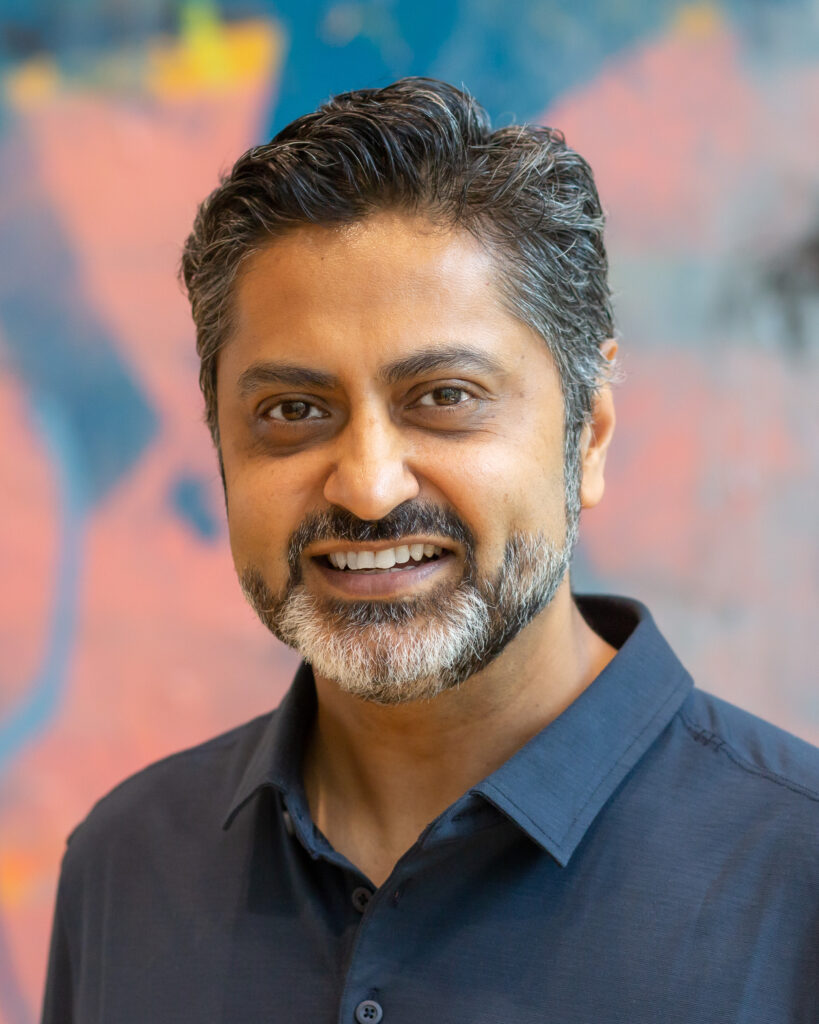
When I sat with Razat he was clear on the imperativeness of the digitalisation in almost every organisation in every industry today, and that is what is leading to more than $3trn of annual spending on it.
His rationale behind digitalisation is sound but as he shared, studies show that much of that work is wasted-more than 40%, in some cases. This is largely due to the disconnect between strategy and what’s being executed by teams across the business.
As the leader in portfolio management and value stream management, this conversation Razat Gaurave shares why bridging the strategy-execution gap is essential for organizational and leadership transformation.
Would you believe that 40% of strategy work gets wasted in execution?
M.R. Rangaswami: What is the biggest challenge orgs face when connecting strategy to execution?
Razat Gaurav: The biggest challenge between strategy and execution is change-change from technology shifts, demographic shifts, and even generational shifts. It’s not a new phenomenon. But what has changed is that the pace of change is exponentially faster. Companies must be able to quickly analyse and adapt or evolve their strategy-and how those changes are executed-while still driving important business outcomes.
M.R. The research arm of The Economist, found 86% of executives think their organizations need to improve accountability for strategy implementation. What challenges do orgs face around measurement?
Razat: The key thing that gets in the way are data silos. Most organisations are swimming in data, yet most of that data is not usable to make decisions. Curating the relevant data to align with your priorities and objectives is critical to achieving accountability for strategy implementation.
What we find is that many organisations have three major gaps when they look at how they measure understanding of strategic goals.
First, organisations are measuring inputs or outputs, but they’re not measuring outcomes. Particularly when dealing with digital transformations, the business and technology teams must work together to focus on the outcome.
The second gap is around creating a synchronised, connected approach to objectives and key results-what some organisations call OKRs. Is leadership in alignment with the way an individual contributor gets measured? And does the individual contributor understand how they impact their leadership’s OKRs? That bidirectional synchronisation is key
And then the last piece is how the different functions in the organisation-finance, manufacturing, sales, and so on-align their OKRs to help achieve the company’s objectives and key results.
M.R.: What should leaders do first to narrow the strategy-execution gap?
Razat: My first piece of advice would be, take a deep breath because change is constant.
As organisations, as leaders, as individuais, we all have to be ready to adapt and change. But beyond taking that deep breath, there are three things I’d advise organisations to do.
First, figure out the three initiatives that wil actually move the needle. Second, define OKRs and an incentive structure for the outcomes you’re trying to achieve. Third, invest in systems that allow you to break out of those data silos to execute as one organisation, as one team.
M.R. Rangaswami is the Co-Founder of Sandhill.com
